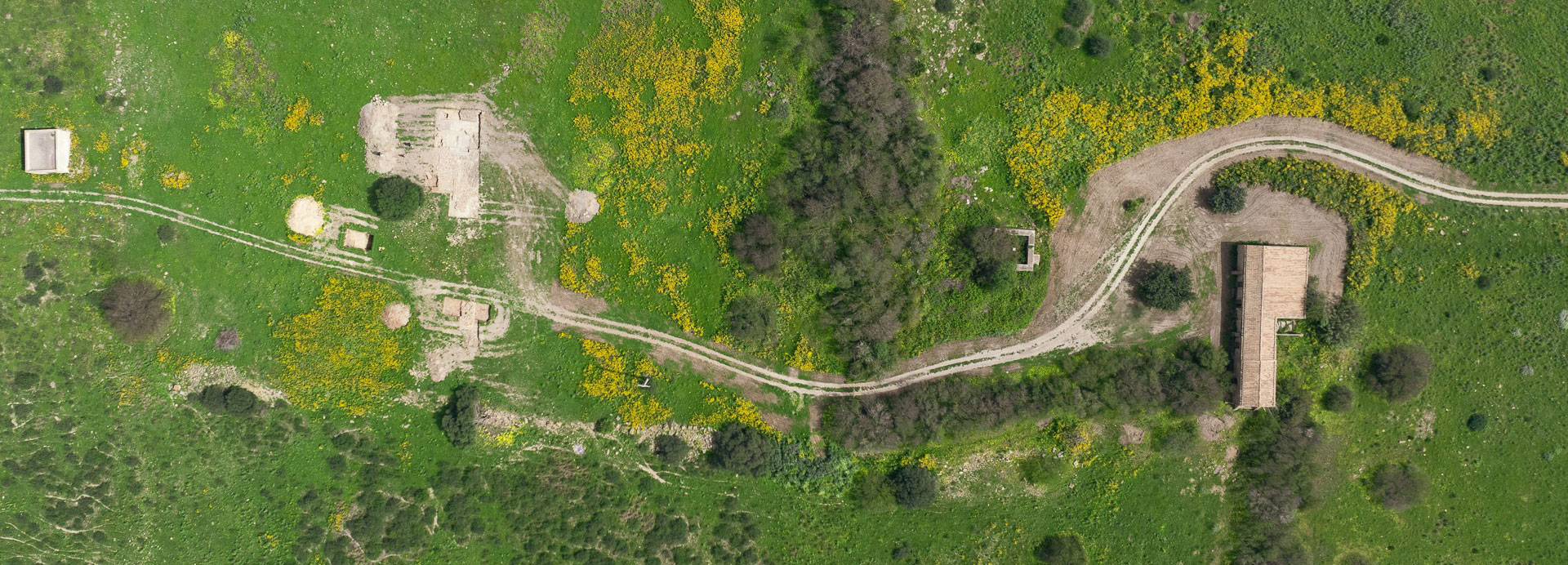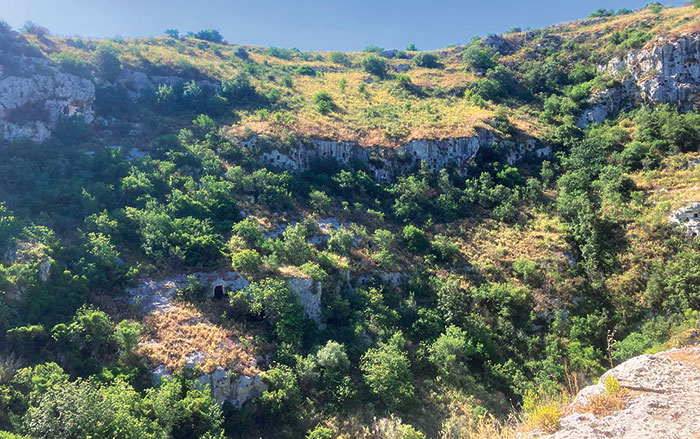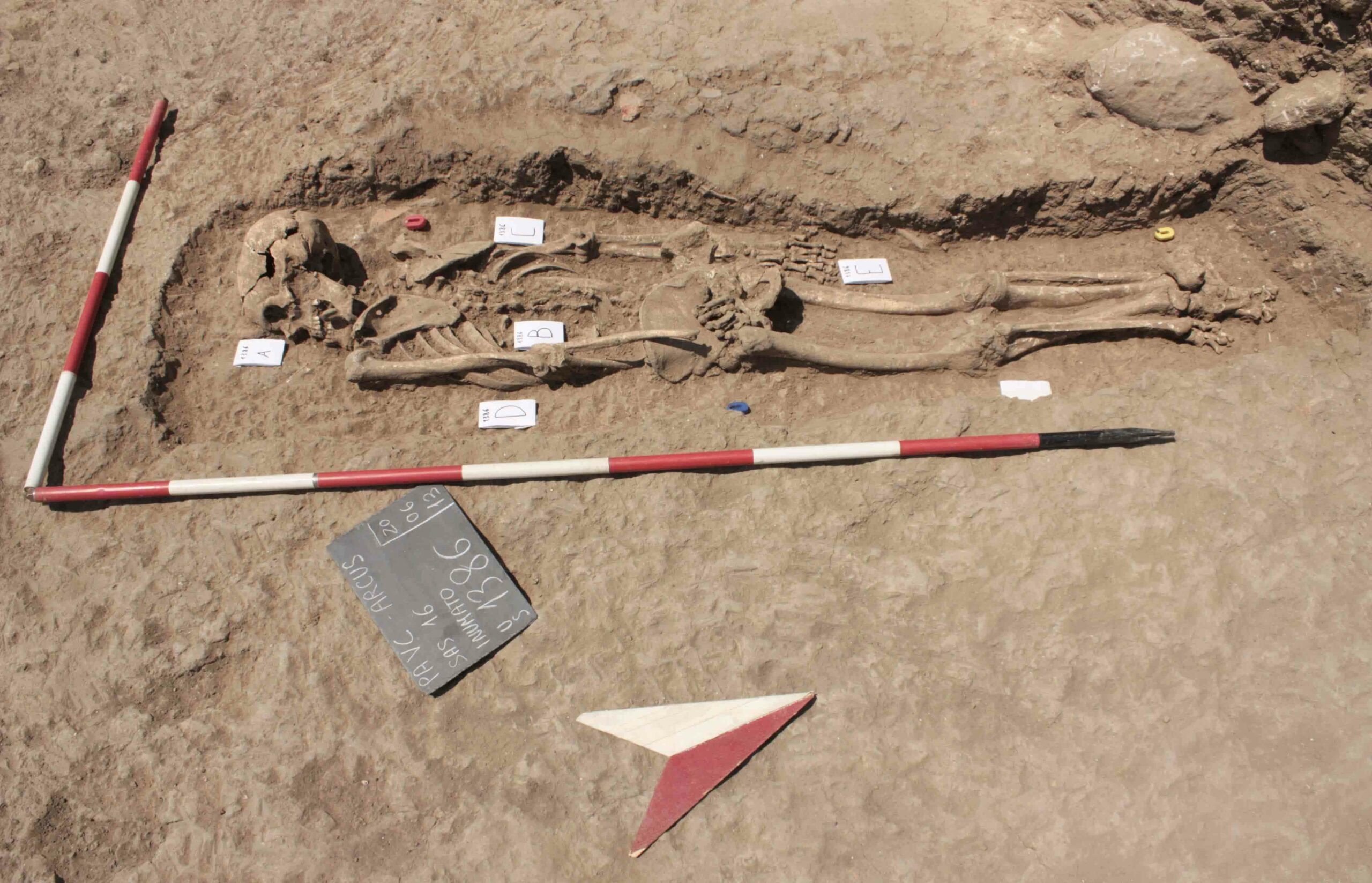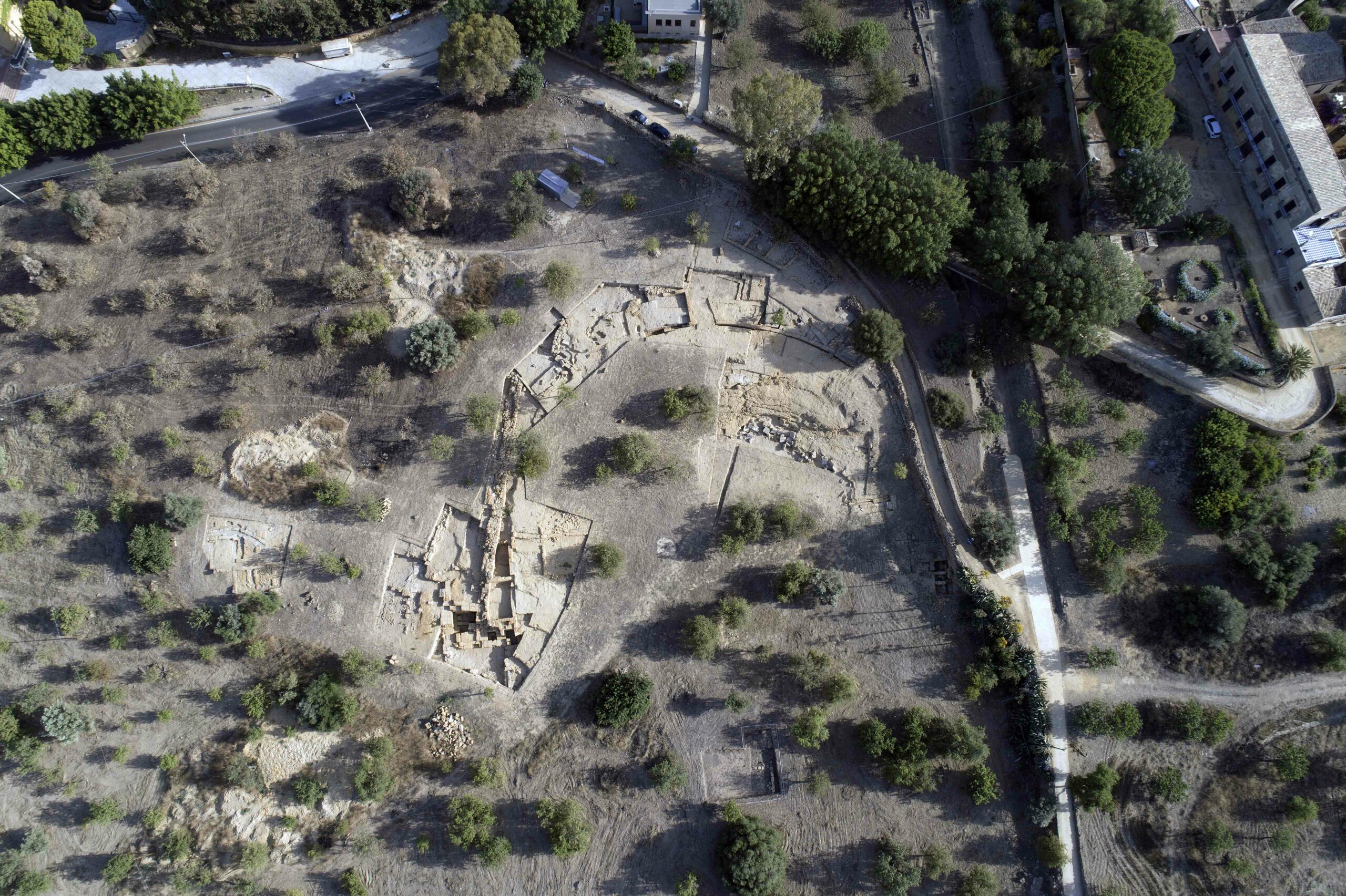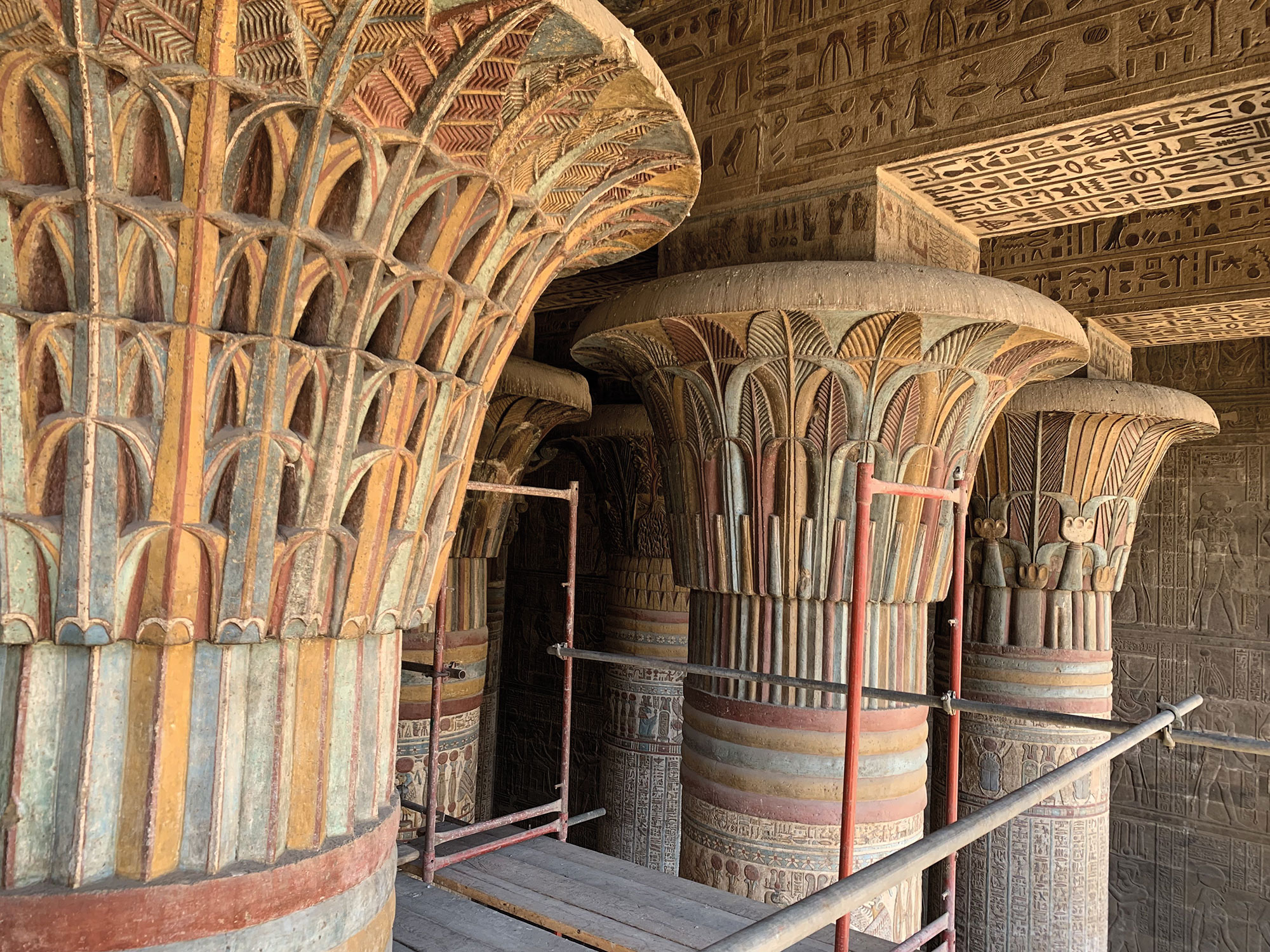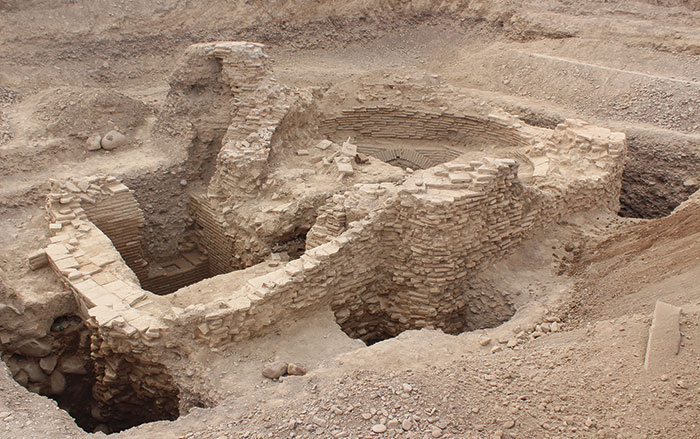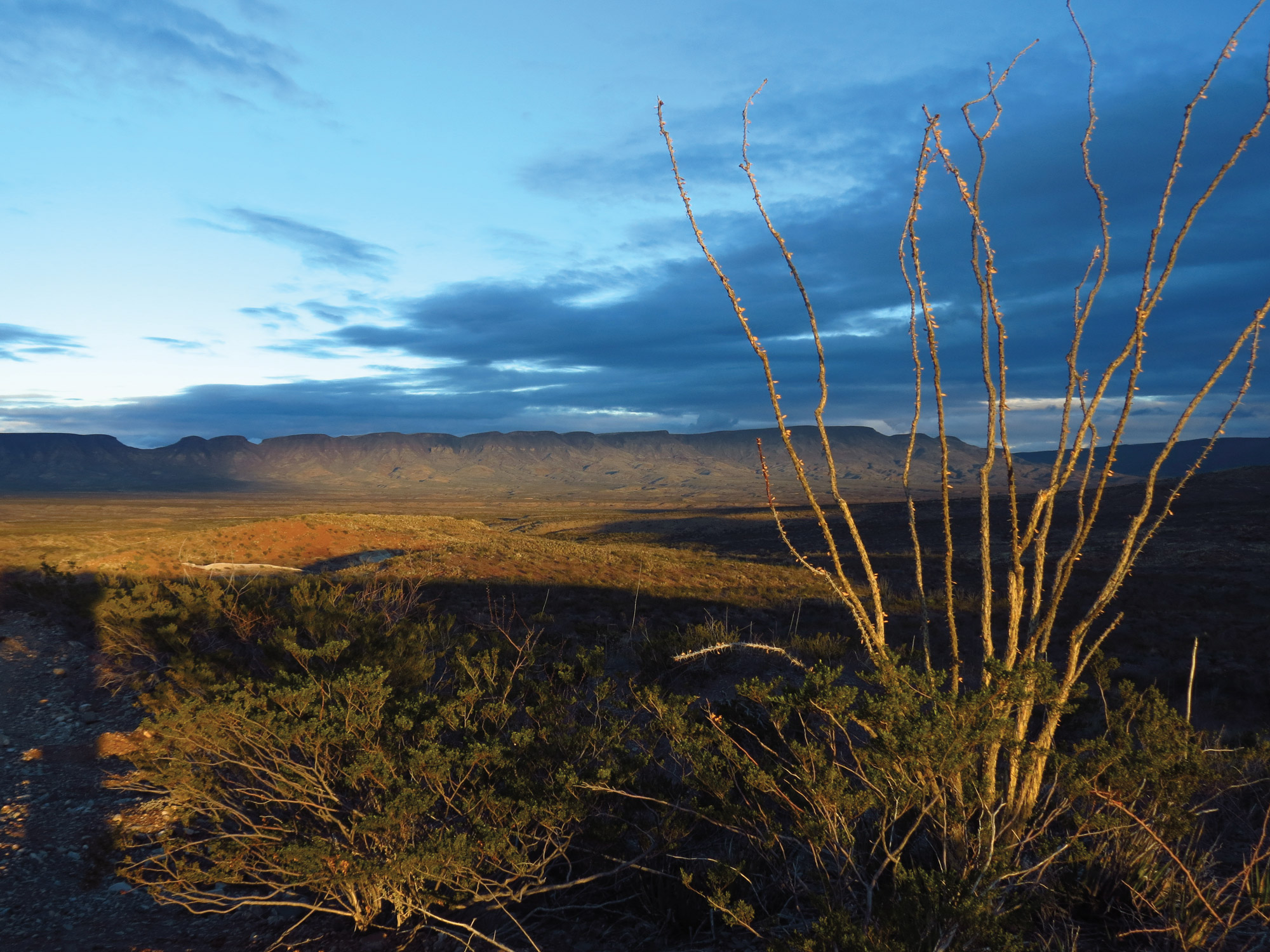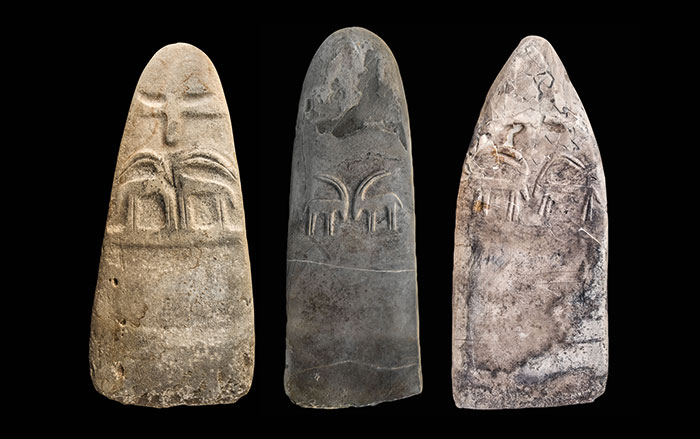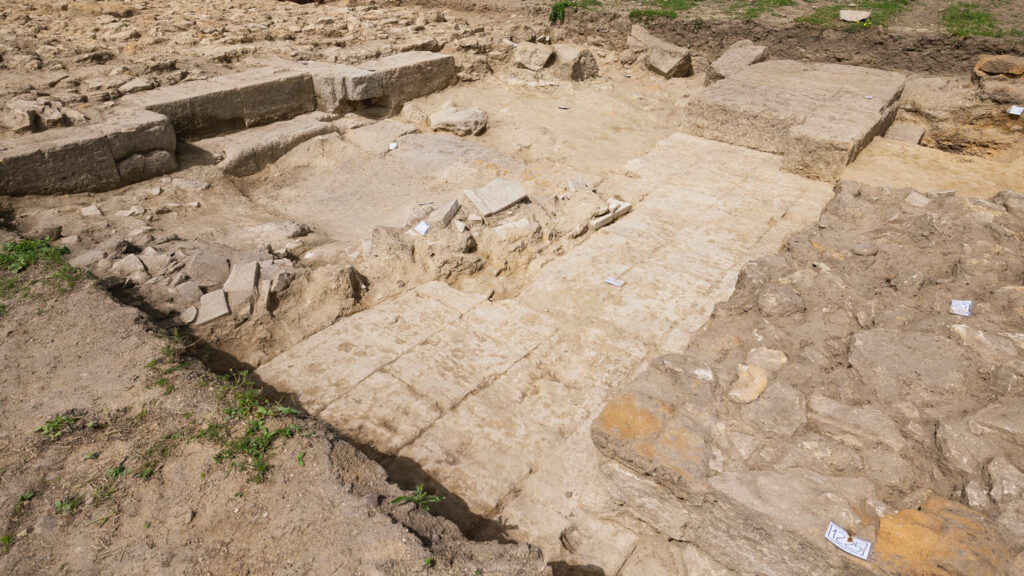
SELINUNTE, SICILY—Italian authorities announced a series of new discoveries at the site of Selinunte that underscore the city’s illustrious past, according to a Greek City Times report. Selinunte was the westernmost Greek colony in Sicily and was founded sometime in the seventh century b.c. At its peak in the late fifth century b.c., the city was home to as many as 26,000 inhabitants. Excavations have uncovered more than 5,000 burials across three different necropolises, although many of them have been looted over the centuries. Archaeologists also recently unearthed sections of the settlement’s walls, including the 10-foot tall north gate that served as a key passageway for processions to nearby cemeteries. However, this gate was the weak point in the city’s defensive network. It lacked nearby natural barriers such as rivers or the sea to protect it, making it vulnerable to attack. According to the first-century b.c. Greek historian Diodorus Siculus, Carthaginian forces attacked Selinunte from this direction in 409 b.c. and laid siege to the city for 10 days, resulting in the deaths of 16,000 combatants. To read more about Carthaginian attacks on the island, go to "The Fight for Ancient Sicily."


